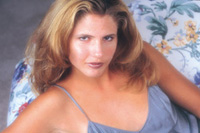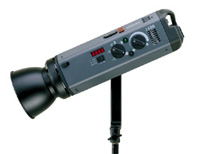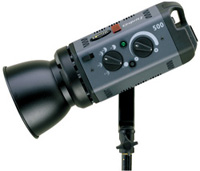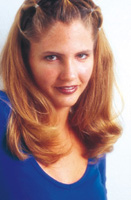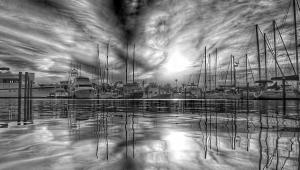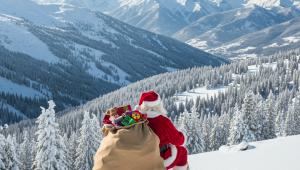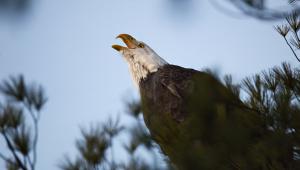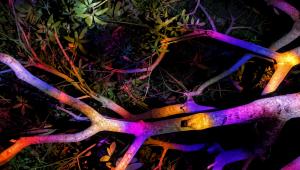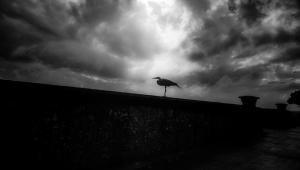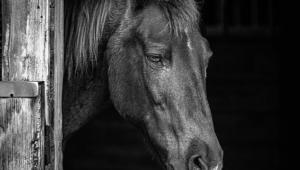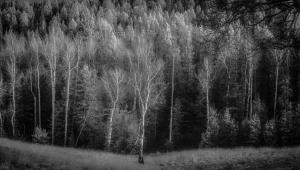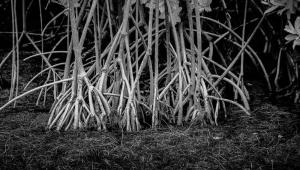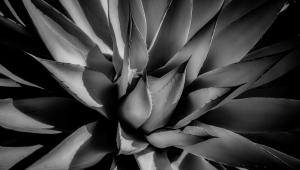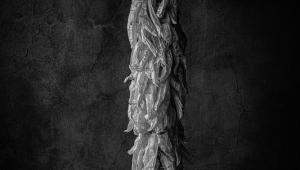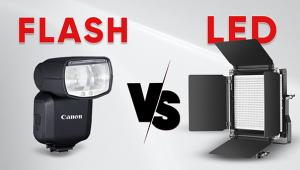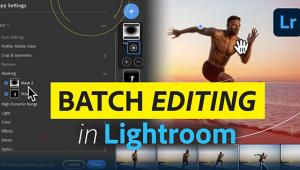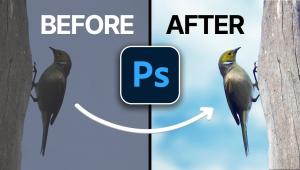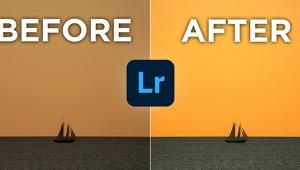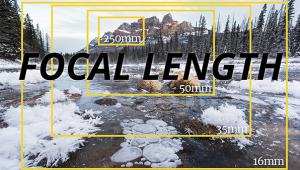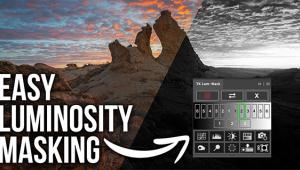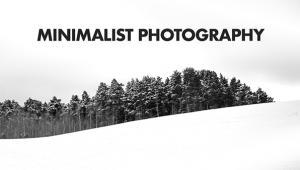Bowens Espirit Monolights
A New Line Of Solid Performers From A Trusted Name
Like many professionals, my first studio lights were from Bowens. My original lights were the black 800B models that proved to be indestructible over the almost 20 years that I used them. The new Bowens line of monolights appear just as rugged but are sleeker, more powerful, and have the kind of features that any photographer, whether they shoot portraits or products, will find practical and useful. While styling has no effect on a product's usefulness, these new Esprit monolights replaced my old 800B's "paint can" styling with a sleek, functional look that retains the solid steel construction and adds some polycarbonate trim in areas such as the molded carrying handle on the back of each light. Another big change from my "oldies but goodies" is that these lights have real tungsten halogen modeling lights, not light bulbs. They also come complete with all the accessories you expect, including power cable, synch cord, and a reflector that allows you to attach light modifiers such as umbrellas and some light banks. The Esprit models are color coded. All are finished in Henry Ford-like basic black with accents to differentiate models--the 250 has purple accents, the 500 has green edging, the 1000 model is trimmed in red, and the flame-thrower 1500 model is appropriately tricked out in orange. |
|||
The power ratings for the four units are integrated into their names. The Esprit 250, for example, has a rated output of 250 ws and the Esprit 1500 puts out a healthy 1500 ws. (See chart for detailed descriptions.) While some shutterbugs might be confused by watt second ratings and what they really mean, I prefer to think of them as similar to horsepower specifications for automobile engines. A 300 horsepower V-8 engine can move a Chev-rolet Camaro along briskly, but a similarly rated engine in a Jaguar XK8 will rip up the pavement. In either case, you know that an engine of any given size is going to produce so much power, and that's how I feel about watt second ratings. Testing The Lights The entire Esprit series of monolights seem designed to accommodate many different kinds of working styles. During my tests, these additional helpful features became apparent. The first one I noticed was a "beep" tone that some emitted when full recycle was achieved. While this audible tone can be turned off, many photographers might prefer it. I was ambivalent about the beep, but my wife Mary, a now-retired on-location photographer who assisted me with these tests, liked the feedback it provided. The proportional modeling light can also be turned up or down as you need it. In actual sessions, I found that I used every setting from dim to all the way up, depending on what or whom I was photographing. You can also turn the modeling light off, but if you do, you lose the ability to see the lights come back up to full power an indication that the Esprit has fully recycled--the way I prefer to work. These options are available through the side-mounted controls and a few simple switches on the back of each light. The Esprit 1500, besides being the largest, most powerful of the lights, has an LCD panel indicating the chosen power setting. You can set it for 500, 1000, or 1500 ws, which came in handy when doing my initial tests. When I fired the light for the first time, Mary told me the meter indicated that it produced the same output as the Esprit 1000, which is when I glanced at the 1500 and saw the "1000" glowing on its side. Changing a rocker switch to 1500 ws I immediately saw an increase in power output. |
|||
This pointed out another feature which many users will find useful. On this model, the power settings are achieved by varying the power knob and by using a switch that sets specific power output. You can use the variable power output knob to set precise output levels no matter which power setting is selected. This means you can shorten recycle times as you lower power output, which can result in a 1.1 sec recycle time at full power with the Esprit 1500 set at watt seconds. This fast recycling time is great for anyone photographing children or other active subjects. |
|||
Using The Lights I then mounted a 45" Westcott Halo (Mono) on the Esprit 500. The installation of the Halo was easy, since the standard Bowens reflector has a built-in umbrella shaft mount. With the Halo in place I was able to dial up a perfect f/8 at 1/16 power. This meant that flash recycle time was almost instantaneous and I never felt like I had to wait while photographing a portrait or glamour model. Once the modeling light and on/off settings were made with the rocker switches on the back of the monolights, I used the variable output power and modeling light controls to fine-tune the setup during any pose changes. The 250w tungsten halogen modeling lights don't generate much heat, but can get warm. I prefer to dial them back after I have the lighting set. Multi-light setups with the other Esprit units are a snap, since they all have built-in slaves. On some of the lights, the slaves can be turned off if the synch cord is connected. |
|||
The Monolight Advantage For more information, contact Imaging Concepts International, 900 W Bliss St., Chicago, IL 60622; (800) 446-5565. |
|||
Watt Seconds: A measure of an electronic flash unit's power. Watt Seconds are indications of power and do not indicate the amount of light that can be produced by a given electronic flash unit. Watt Seconds are simply a measurement of the power and discharge capacity of an electronic flash's power supply, which in the case of monolights is built into its head. Guide Number (GN): It is calculated as an equation where: Subject distance X f/stop = GN Guide Numbers are quoted in feet or meters (depending on where you're located). Guide Numbers are only valid for a given film's ISO speed but typically are based on using ISO 100 film. In the chart, Bowens uses a 50 key light reflector to determine this value. In my own testing, I used a 45" umbrella to come up with apertures that might be lower than the Guide Numbers shown in this chart, but keep in mind that the GN will vary with whatever light modifying device is used with any manufacturer's lights. |
|||
Flash Duration: The length of time that elapses from triggering the electronic flash tube. This is very short, usually just several microseconds. A flash bulb, on the other hand, has a delay of 20 milliseconds before peak power is even reached, hence the M synch terminals on some cameras. This short flash duration makes electronic flash useful for stopping action. Recycle Time: The time it takes after the electronic flash has fired until it is fully charged again and able to be triggered and deliver a full amount of light. F/stop Range: Range of stops that the light can achieve using the Esprit monolight's built-in continuously variable controls. Cooling System: All this on and off flashing creates heat and the smaller Esprit electronic flash units are air cooled. With larger, more powerful units, such as the Esprit 1000 and 1500, Bowens uses a fan to keep the heads cool so they last longer and more importantly continue to deliver consistent, safe output. Built-in Slave: Instead of having to plug in an external device, all of the Bowens monolights have a built-in slave that can be tripped by another monolight or the small electronic flash units built into many cameras, such as the Canon EOS Elan 7E. |
- Log in or register to post comments



